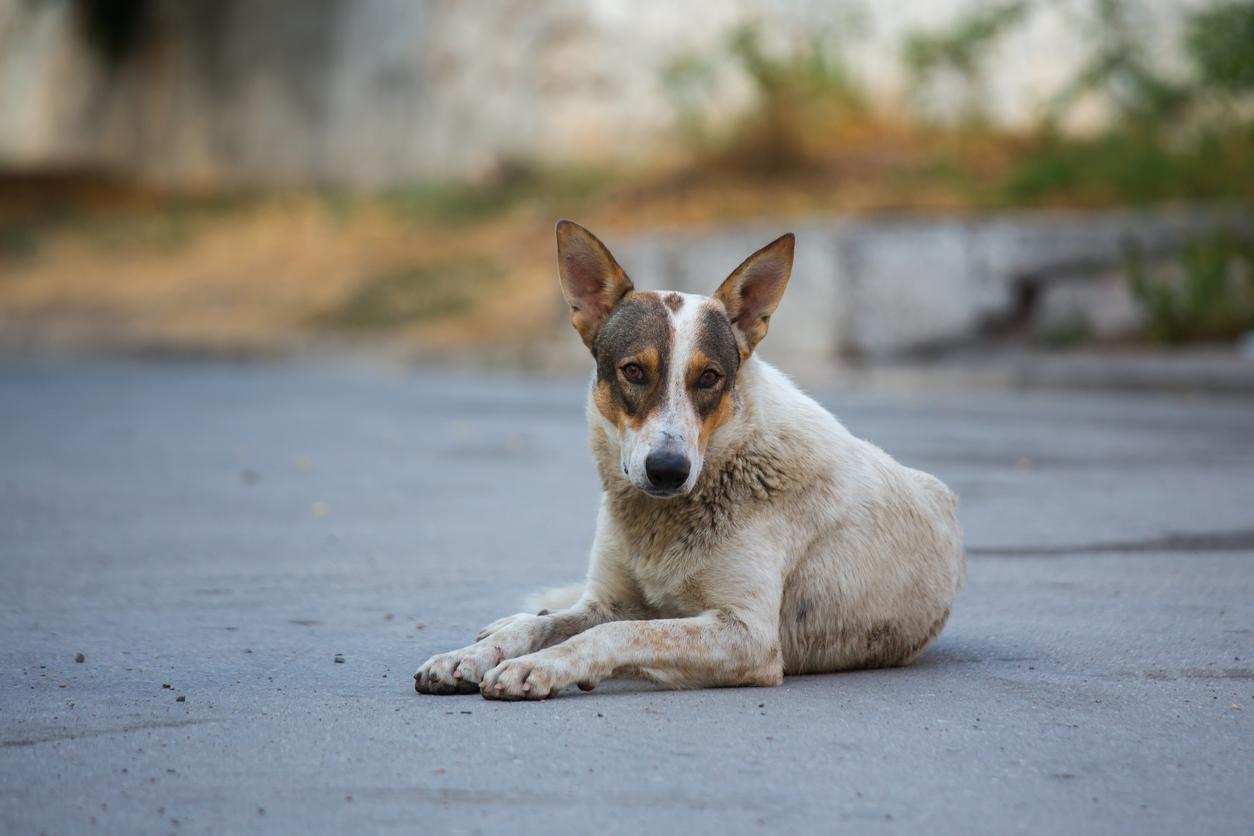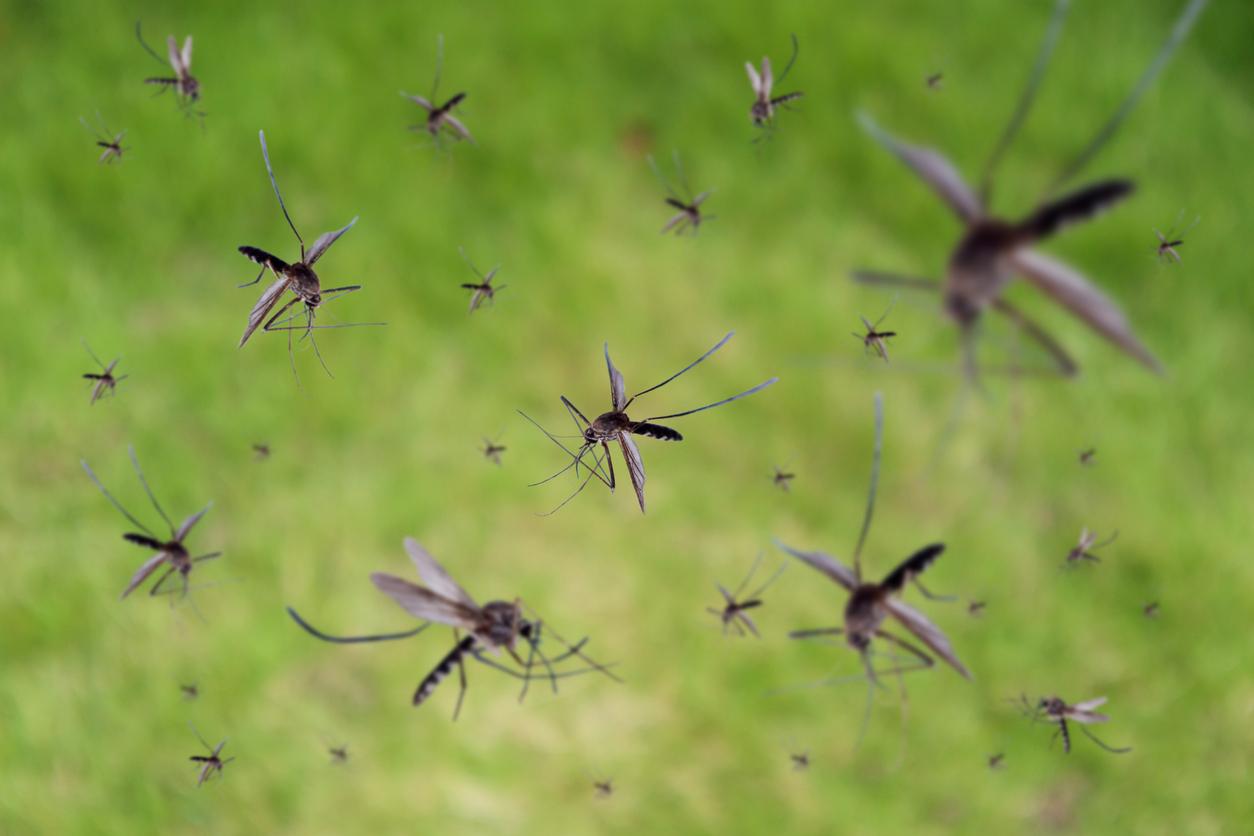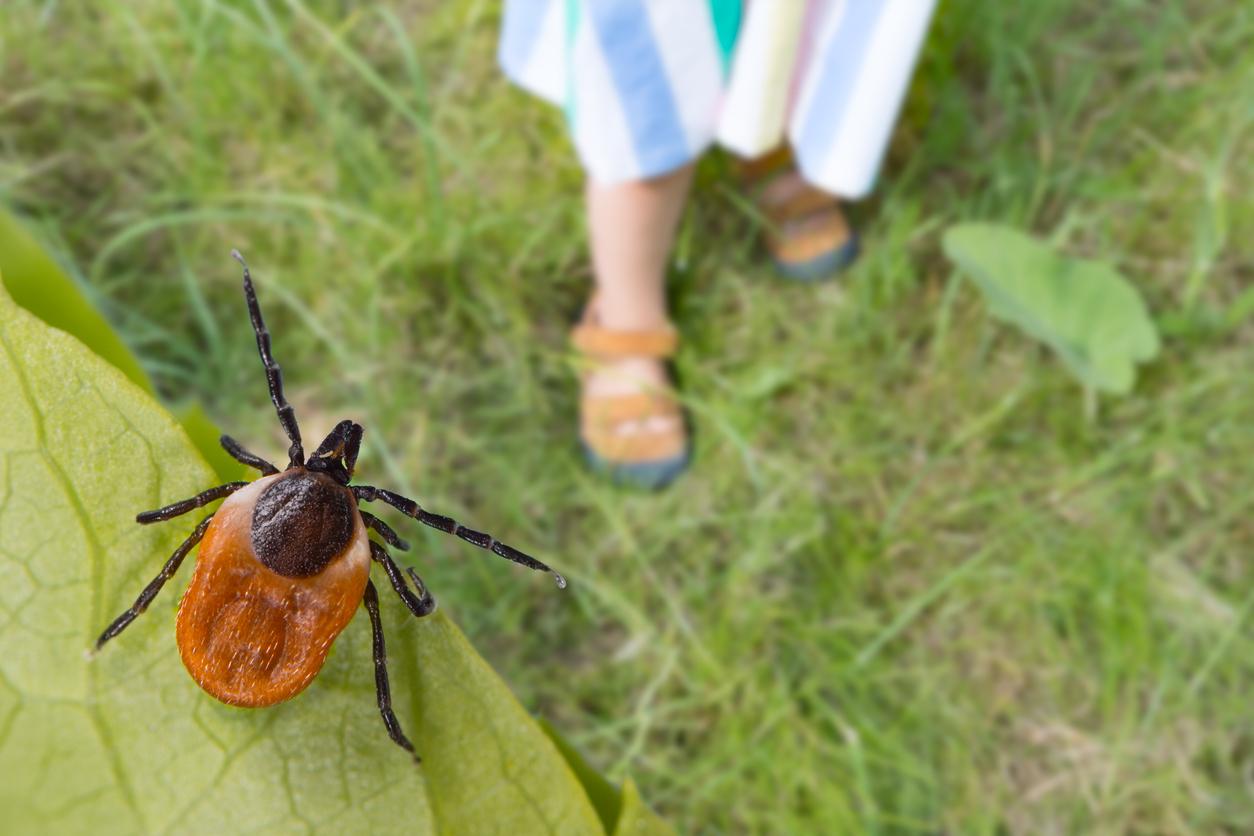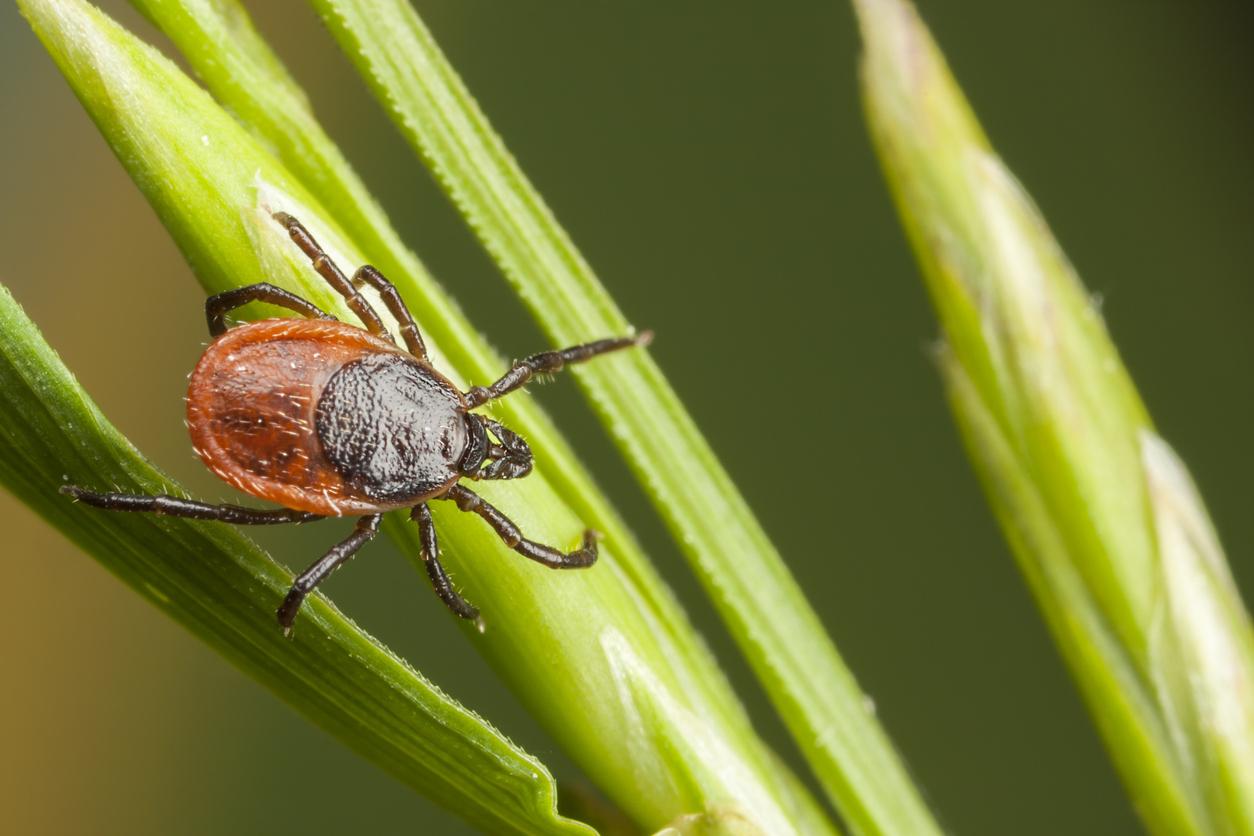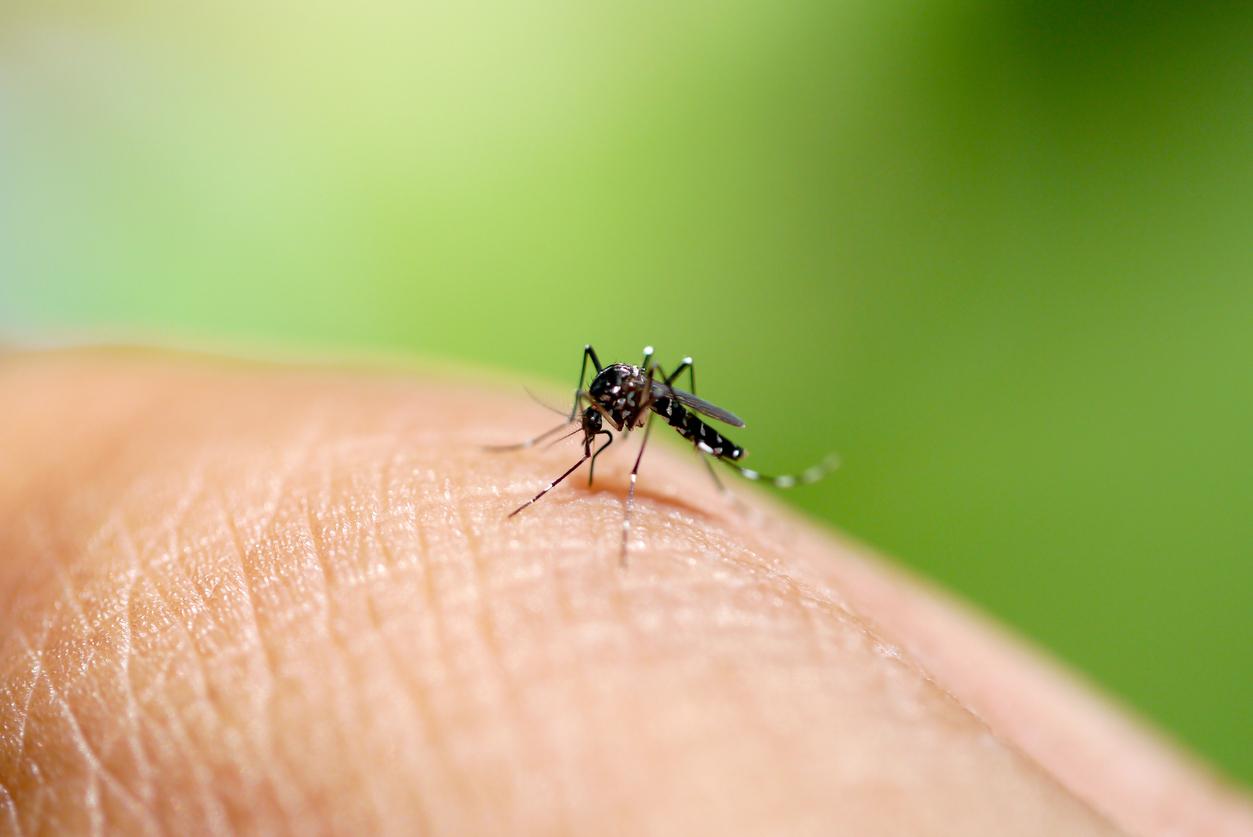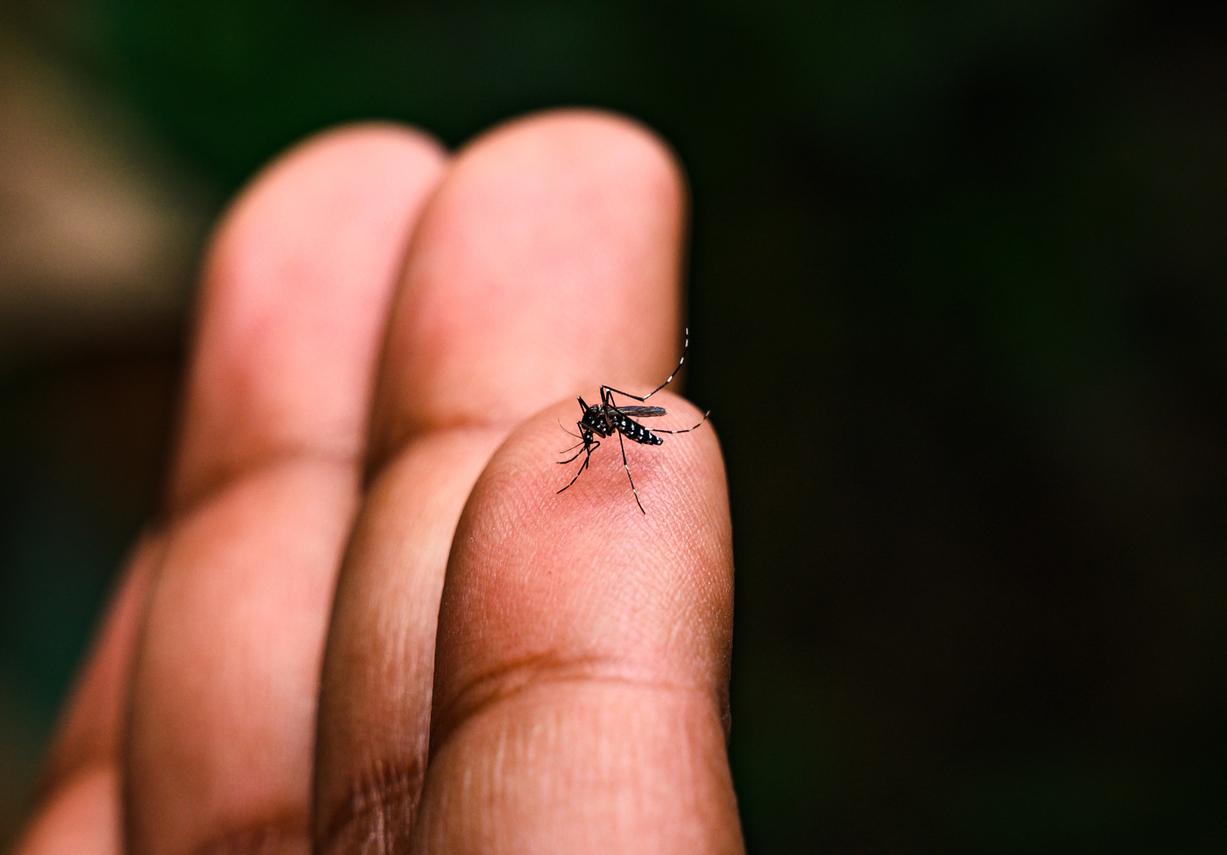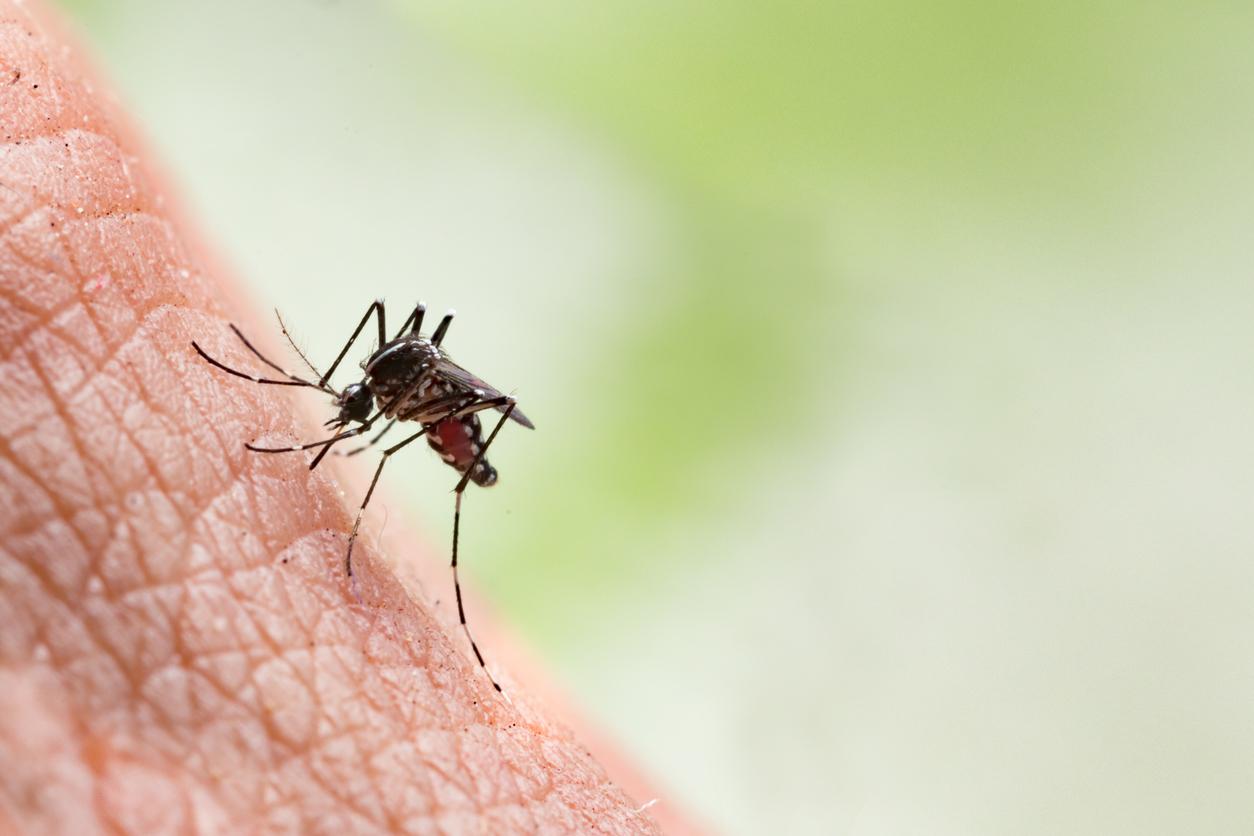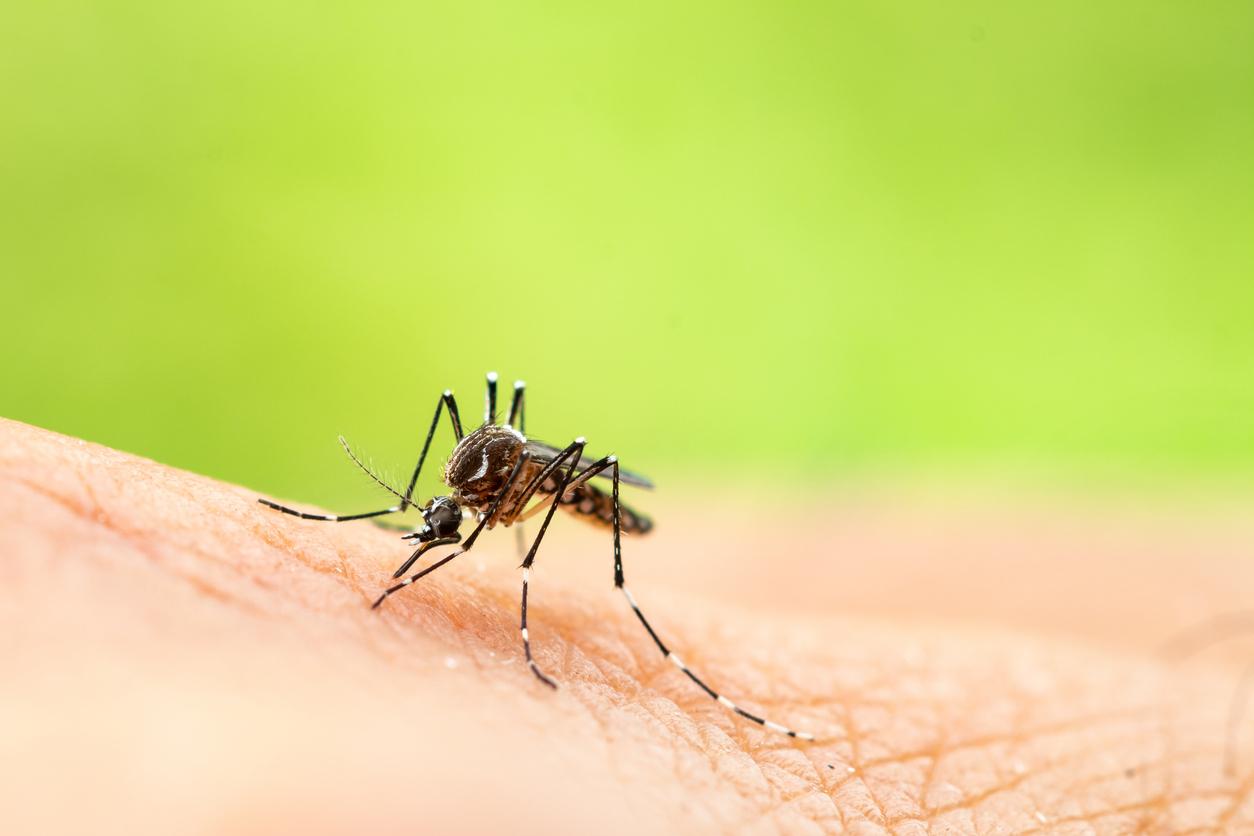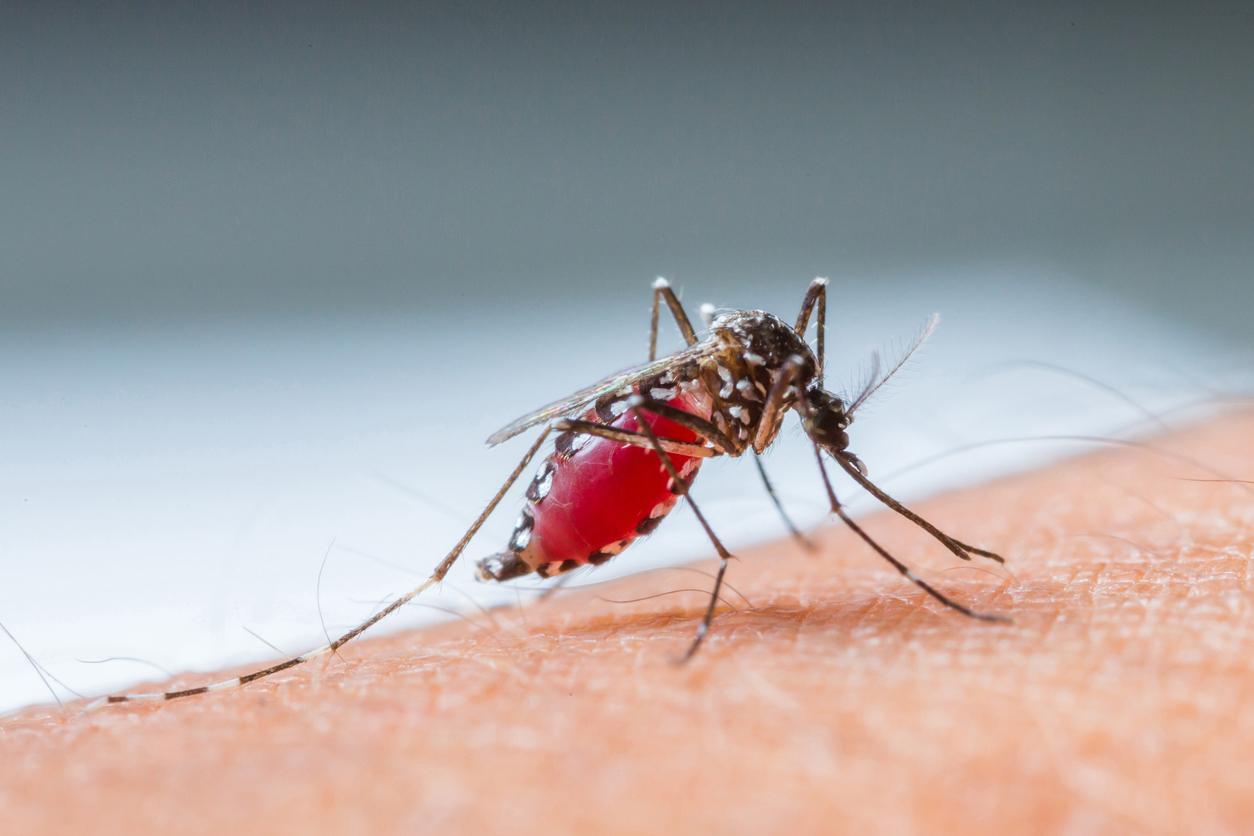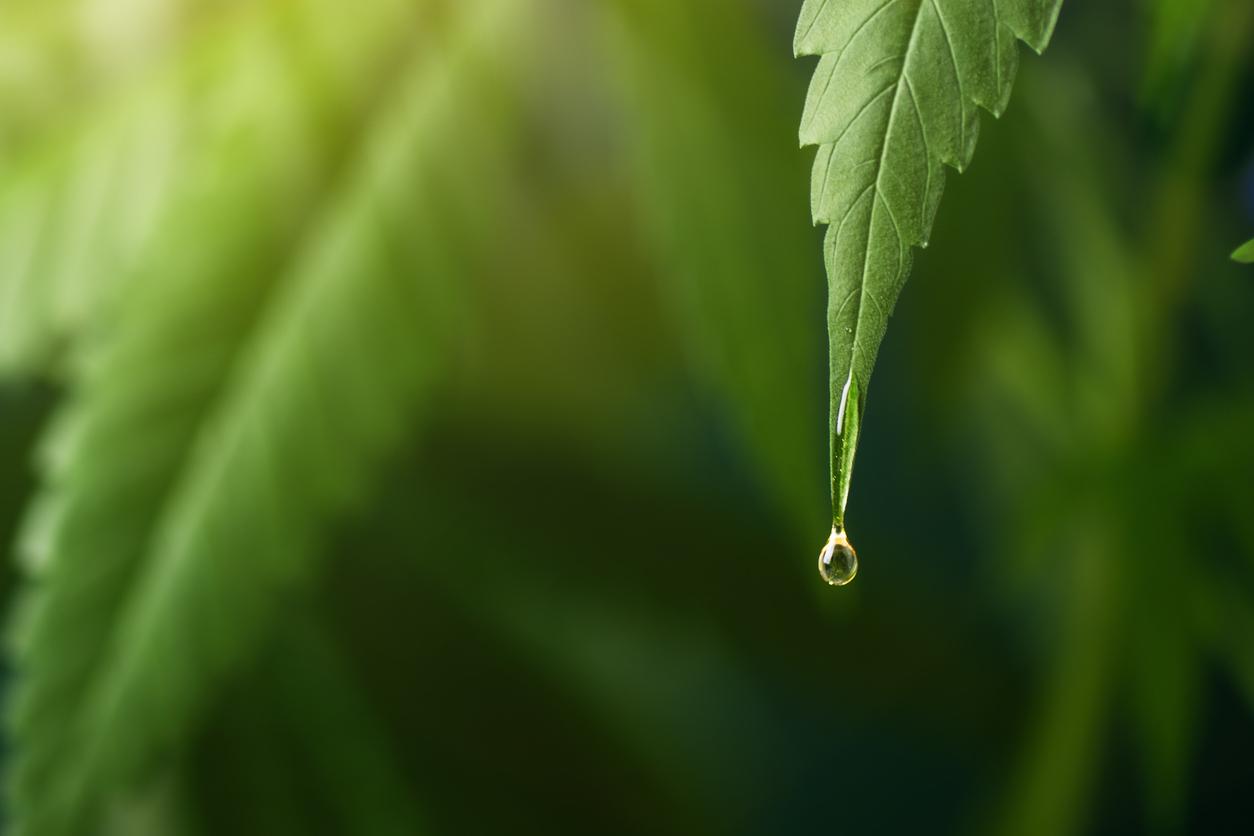Mosquitoes, bees, horseflies, wasps, ticks…summer is the season for all bites. Why Doctor helps you tell them apart and tells you how to treat them.
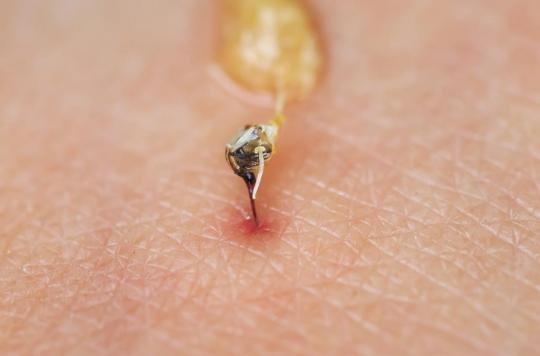
Who says summer says holiday period, certainly but also various and varied bites. Between those of mosquitoes, ticks, wasps, bedbugs, fleas, horseflies, hornet or even spider bites, it is sometimes difficult to find your way around and know what itches us and how. relieve the injury. Why Doctor takes stock.
Mosquito bites
A true summer scourge, mosquito bites most commonly cause an inflammatory reaction that manifests as a coin-sized circular redness surrounding a small white pimple. The itching can last for several days. To prevent this, it is possible to use repellents such as citronella, available in pharmacies, or to sleep with an impregnated mosquito net hung above your bed. To relieve the sting, avoid scratching so as not to aggravate the wound. In the natural methods category, wine or cider vinegar mixed with water has proven successful. If you trust modern medicine more, go to a pharmacy to buy a specialized cream.
Wasp or bee stings
Very painful due to the venom, they cause redness and blistering of the skin. A red dot may appear where the beast planted its stinger. If so, remove it with your fingernail or the blunt edge of a knife or credit card. Above all, do not use tweezers: the venom gland could burst and release even more. Once the stinger is removedclean the bite with an antiseptic before applying pain relief cream.
Sometimes, however, the shock is accompanied by swelling (local edema) of a few centimeters and sometimes itching. These symptoms usually disappear within a few hours. Depending on the place of the bite, the swelling can be more or less important and dangerous. A sting in the mouth or throat can swell to the point of posing a choking hazard.
Finally, in allergy sufferers, the local reaction may be accompanied by vomiting, headaches, a drop in blood pressure, diarrhea or convulsion. The person should then be taken to the emergency room. In rare cases, anaphylactic shock can occur and cause skin, respiratory, cardiac, digestive and neurological symptoms. Airway obstruction and cardiovascular shock can lead to the death of the victim.
Horsefly bites
To avoid horseflies, dry yourself properly after each swim: these critters love wet skin. If you can’t cut them, be aware that their stings resemble those of bees or wasps and can be very painful for a few hours. Again, if you are bitten, remove the stinger immediately before disinfecting the lesion with an antiseptic solution to avoid superinfection and then applying a soothing cream to calm the pain. The sting will then give way to a pimple slightly lighter than the skin surrounded by a red zone. If you are in favor of natural medicines, you can use the essential oil of Spike Lavender, renowned for its his analgesic, analgesic, anti-inflammatory and anti-infectious properties. Lemongrass or chamomile oil can also relieve itching. But remember to always dilute them in vegetable oil before applying them to your skin.
If the bite swells, it’s a sign of an allergy. The blister may be accompanied by localized redness and warmth. And, as with wasp and bee stings, some people suffer from complications (breathing difficulties, nausea, blood pressure drops, etc.). In which case, they must again be taken to the hospital as soon as possible.
hornet stings
It is undoubtedly of the most painful. They result in the appearance of a local oedema. If the stinger is still there, remove it immediately. And if you wear braces, take them off to allow better blood circulation. An ice pack will help deflate the injury. If you are allergic or have been bitten in a sensitive place, once again you should consult a doctor or contact the SAMU.
spider bites
When arriving at a holiday home that has been unoccupied for a long time, make sure that the bedrooms are not crawling with spiders. Rarer and larger than mosquito bites, mosquito bitesarachnid (which usually occur when you sleep) most often cause redness and itching. But their manifestation depends on the type of spider, the toxicity of the venom and the immune reaction of the victim. In most cases, they result in two close red dots, often surrounded by a white border. To relieve them, disinfect them then apply an anti-inflammatory ointment to deflate the wound. Again, watch out for allergic reactions.
tick bites
Unlike other animals, ticks, which are caught during a walk in nature, have a nasty habit of remaining in the epidermis after having bitten their victim. If when you return from a forest excursion, you notice an unusual blackhead on your skin, use a tick remover (available in pharmacies) to be sure to remove the entire intruder. Then disinfect your bite with an antiseptic.
If the tick was not removed properly, part of its body may remain under your skin, showing as a red spot around the affected area. To avoid infection, go to a doctor. It should also be remembered that the tick carries the Borellia bacterium, responsible for Lyme disease which today affects 6,000 people a year in France. The longer the tick remains attached to the skin, the greater the risk of Lyme.
Also, when you walk in the forest, remember to wear long, loose clothing to avoid the risk of bites as much as possible.
Bed bug bites
Similar to mosquito bites, you will be able to tell them apart as they often appear in the morning only to disappear later in the day. Also, because bedbugs bite several times in the same place, the bites occur in regular red lines or “clusters” on the skin. If they are most often painless, it happens that they itch some people, especially allergic people in whom they can be very painful.
In this case, creams are available in pharmacies. Be especially careful not to scratch so as not to cause an infection. But beware, many people do not mark and are therefore unaware of being preyed upon by bedbugs while sleeping. They will therefore have to have reached a maximum infestation before realizing that their apartment is contaminated. One will follow long and laborious period of decontamination.
Flea bites
Similar to those left by bed bugs, they most commonly appear on the legs and ankles, forming small stinging lesions. Avoid scratching them and disinfect them with an antiseptic. Like when you have bedbugs, hard decontamination work must be done to eradicate them from your home.
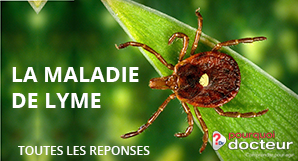
.



